I’m about to really age myself, but when I was young, the idea of (legitimately) free video games was very different to what it is today. There were no microtransactions, and no Fortnites, Genshin Impacts, or MMOs. If you were playing free, you were either playing shareware demos or very amateur projects. There was one big difference: Nethack. Nethack was a totally free, community-powered (and developed) clone of Rogue. I never played Rogue, but I did play hundreds of hours of Nethack back in the day, and through that, I developed an enduring love for two things: the Roguelike formula, and that primitive, dinky aesthetic.
And now Epyx’s Rogue, with the dinky, primitive aesthetic that Nethack cloned, is right there on my Nintendo Switch. I’ve already lost entire evenings to pure nostalgia since this landed last week.
To quickly throw people a history lesson – the very original Rogue didn’t use art at all. It constructed its dungeons, characters and items out of ASCII keys, so your hero was the “@” symbol, floor spaces were periods, and enemies were “A”, “H”, “I”, and so on. The first generation after that game replaced the ASCII characters with tiny little blobs of colour, so poorly defined that it’s difficult to make out the shape that most of them are meant to be. I understand that for the more modern player, this is such a level of primitive abstraction that unlike, say, NES games, there’s not much aesthetic appeal to the game’s look, but for those of us who grew up playing Rogue/Nethack, these primitive visuals had a way of tickling the imagination. They were an opportunity to play Dungeons & Dragons without having to get a group together, and those non-animated blobs representing monsters and traps made for a thrilling and intense descent into the depths of the darkest, most deadly dungeons.
The port of Epyx’s Rogue to the Nintendo Switch is totally authentic, with the only two aesthetic updates being the fact that the Switch’s screen is a hell of a lot better to look at than the old CRTs that we used to play these things on, and that there’s music (I’m not sure the original Rogue had that). In both cases, it’s possible to turn on a CRT filter (which looks better to my eyes for nostalgic reasons), and turn the music off.
One other, non-aesthetic change was forced on the developers, and that’s the interface. The original Rogue required a keyboard to play, because you needed to use just about every key to manage inventory. Want to cast a spell? You needed to type in the command “cast X”, where “X” was the letter that your spell was assigned to. Want to drop the extra shield you’d been carrying to free up a slot? That was “drop X” with “X”, again being whatever letter had been assigned to the spare shield.
The Switch doesn’t have a keyboard, so the team that ported the game worked out an alternative scheme that creates something of a menu system to navigate through for these commands. At first, I found this to be clumsy to the point that it was almost unplayable. Thankfully, it was Rogue on my Switch, and thus a real chance to reconnect with my childhood. That kept me invested for just long enough that the interface started to click, and by the end of the first run, I found it straightforward enough. In subsequent runs, I’ve had no issue with the interface at all, and this is the closest this port comes to having a flaw. Otherwise it’s just pure retro bliss.
For those who have never played Rogue, what you need to know is that it is obscenely difficult. In all my many years playing Nethack (which, again, is basically the same deal), I only cleared it once. Rogue has 26 levels, with the bottom level holding an amulet that you need to collect. And then you need to get back out and escape the dungeon. On that journey, there are so many things that can go wrong. You can run into a room filled with tough monsters. You can accidentally step on a trap. You can curse yourself by putting the wrong equipment on. Or you can fail at inventory management, run out of food, and die of hunger. The odds are stacked firmly against you, to the point that modern roguelikes will seem positively tame.
But then the joy in Rogue has never been about completing it, but rather seeing how far you can go. Perhaps the most ingenious feature in the game is that it scores each run based on what you successfully do (kill monsters, get loot, delve deeper), and then displays a leaderboard after your (almost certain) death so you can see how you performed compared to previous runs. After a few dozen attempts trying to get a new high score will get you sweating over every decision when there’s a chance that a run will land you on the leaderboard. I did miss a really neat feature that was added into Nethack where there was a chance that you could come across a previous character’s body and all their loot (doing a Dark Souls thing decades before Dark Souls), but I am nonetheless fully captivated by Rogue’s “arcade” style high score feature all over again.
To be very clear here: This version of Rogue is a faithful port of a game that is around 40 years old at this point. That was three years before the original NES version of Final Fantasy (not the remakes), and even then this version is a graphical overlay over a game first released even earler, back in 1980. Rogue is very (very) close to the very first RPG ever made, and there is no way that this port is for anyone but the (very) nostalgic. At the same time, Rogue is such an influential game that the basic idea of it continues to power a significant chunk of modern releases. If you can find a way to enjoy how primitive it looks and the relative simplicity of its systems by modern standards, Rogue holds up almost shockingly well.
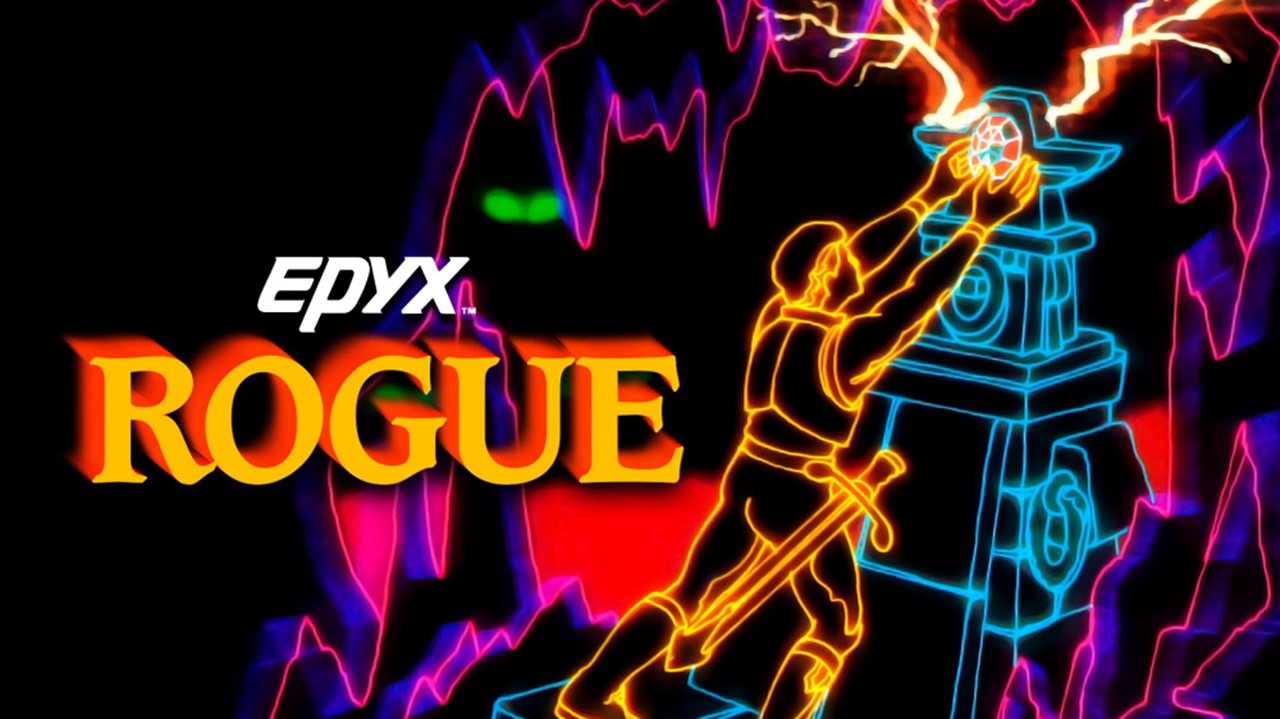

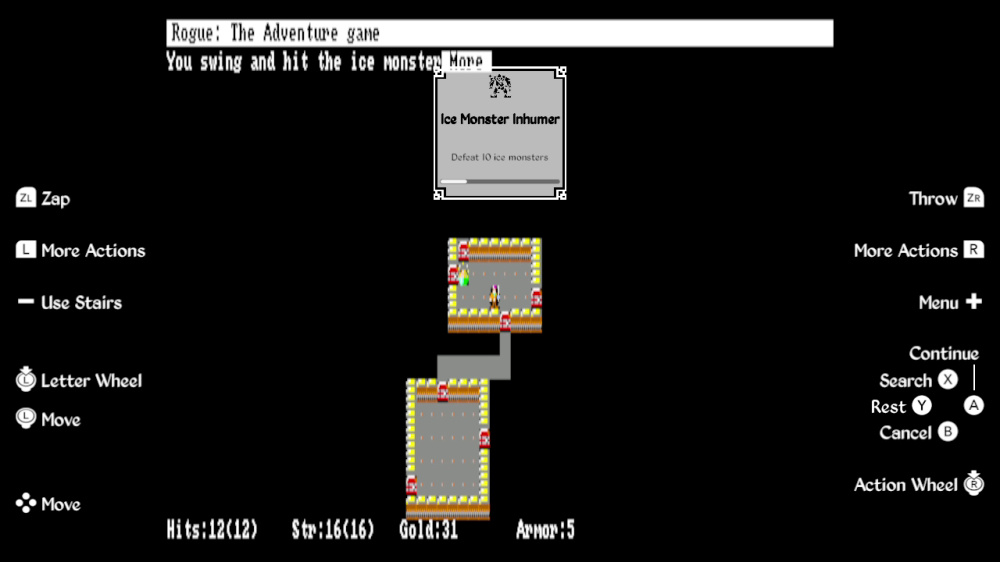
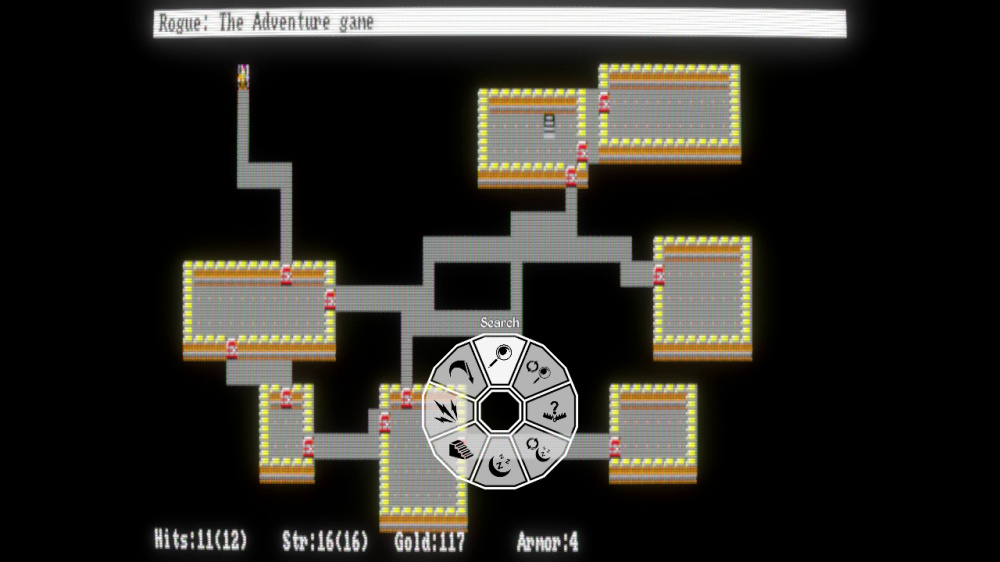

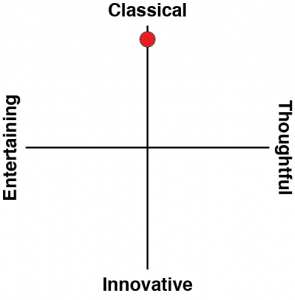
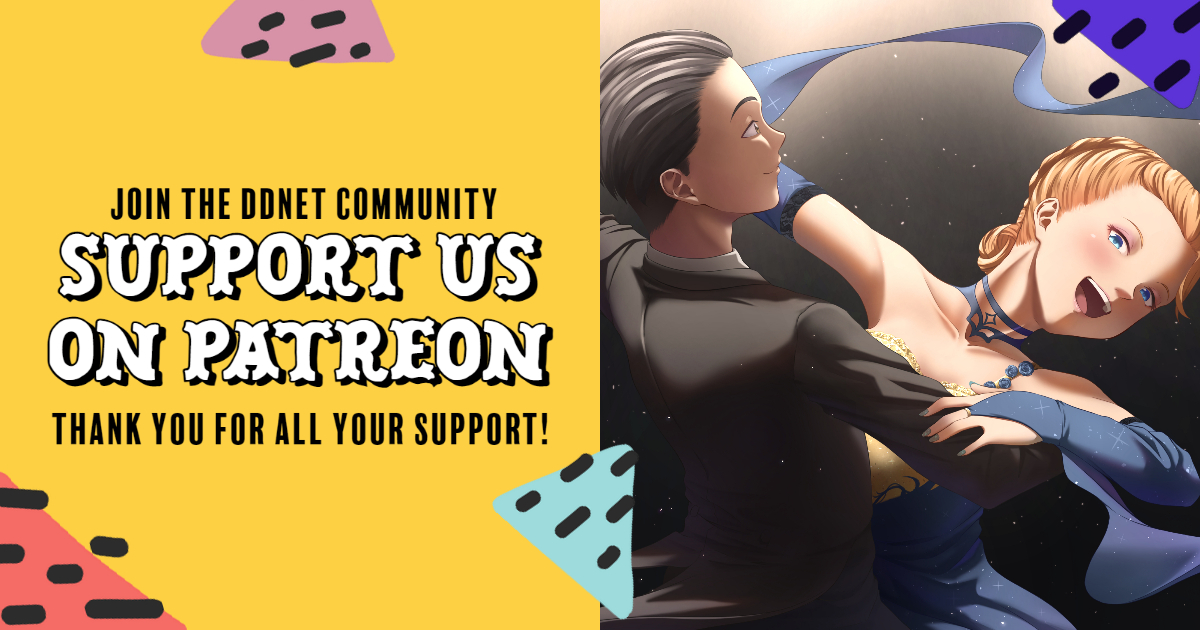



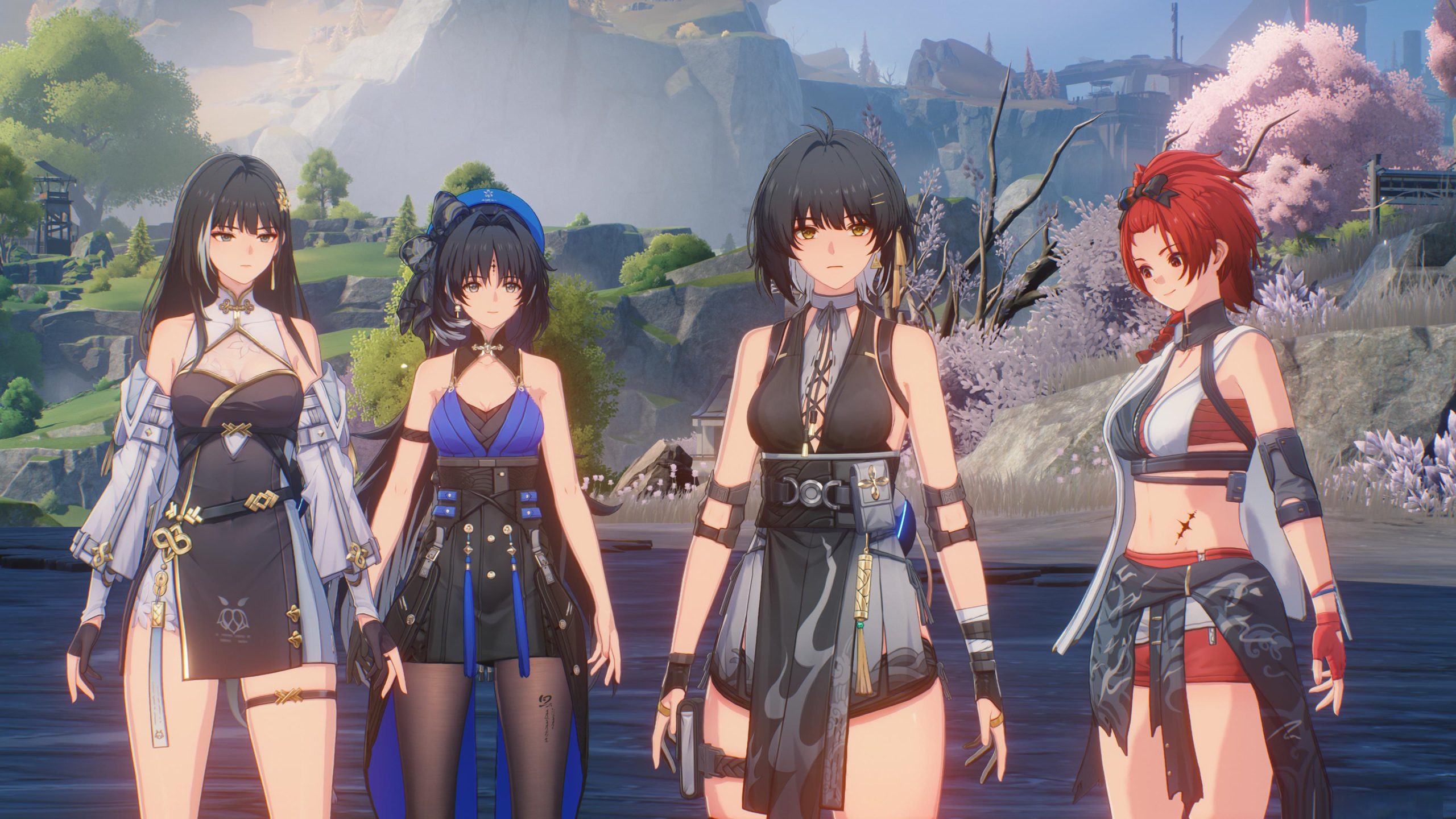



Now here’s a brain teaser for you: can Rogue be called a roguelike? What genre is Rogue?
Rogue was one of the very first games I ever played on our home PC and it was the letters for monsters version. I loved that game especially since I didn’t know any other games at the time. I’ll see how much they charge for this to decide if I want to purchase. There are PC versions one can find pretty easily for free so it needs to be cheap.